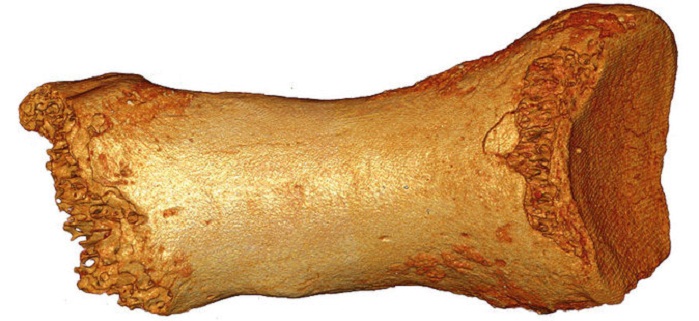That genetic legacy is the result of interbreeding roughly 50,000 years ago between Neanderthals and the common ancestors of Europeans and Asians. Recent studies suggest that Neanderthal genes even influence human health today, contributing to conditions from allergies to depression.
Now scientists have found that the genes flowed both ways. In a study published on Wednesday in Nature, a team of scientists reports that another instance of interbreeding left Neanderthals in Siberia with chunks of human DNA.
This exchange, the scientists conclude, took place about 100,000 years ago. That’s a puzzling date, because a great deal of evidence indicates that the ancestors of today’s non-Africans did not expand out of Africa until 50,000 to 60,000 years ago.
Every week, we`ll bring you stories that capture the wonders of the human body, nature and the cosmos. Coming soon.
It’s possible, then, that these Neanderthals acquired DNA from a mysterious early migration of humans.
“I think at this point we’ve convinced everybody the observation is real,” said Adam Siepel, a geneticist at Cold Spring Harbor Laboratory and a co-author of the new study. “But the story behind the observation is still very much in dispute.”
Humans and Neanderthals split from a common ancestor in Africa about 600,000 years ago. At some point afterward, the ancestors of Neanderthals spread to Europe, the Middle East and Central Asia.
Along the way, Neanderthals took on a distinctive anatomy — a stocky, powerful build — and became impressive hunters of big game. The last Neanderthals appear to have died about 40,000 years ago.
In 2010, scientists at the Max Planck Institute for Evolutionary Anthropology in Leipzig, Germany, recovered about 60 percent of a Neanderthal genome from fossils found in a Croatian cave. Neanderthals shared certain mutations with living Europeans and Asians, the scientists found — but not with modern Africans. They concluded that humans must have interbred with Neanderthals after leaving Africa.
Three years later, the Max Planck team reconstructed the complete genome of a male Neanderthal from a toe bone dating back at least 50,000 years, which had been discovered in the Altai Mountains of Siberia. Comparing the Altai genome to modern human DNA confirmed the interbreeding.
Recently, the researchers harvested more DNA from European Neanderthal fossils, putting together very detailed reconstructions of a single chromosome, Chromosome 21.
More about:
















































